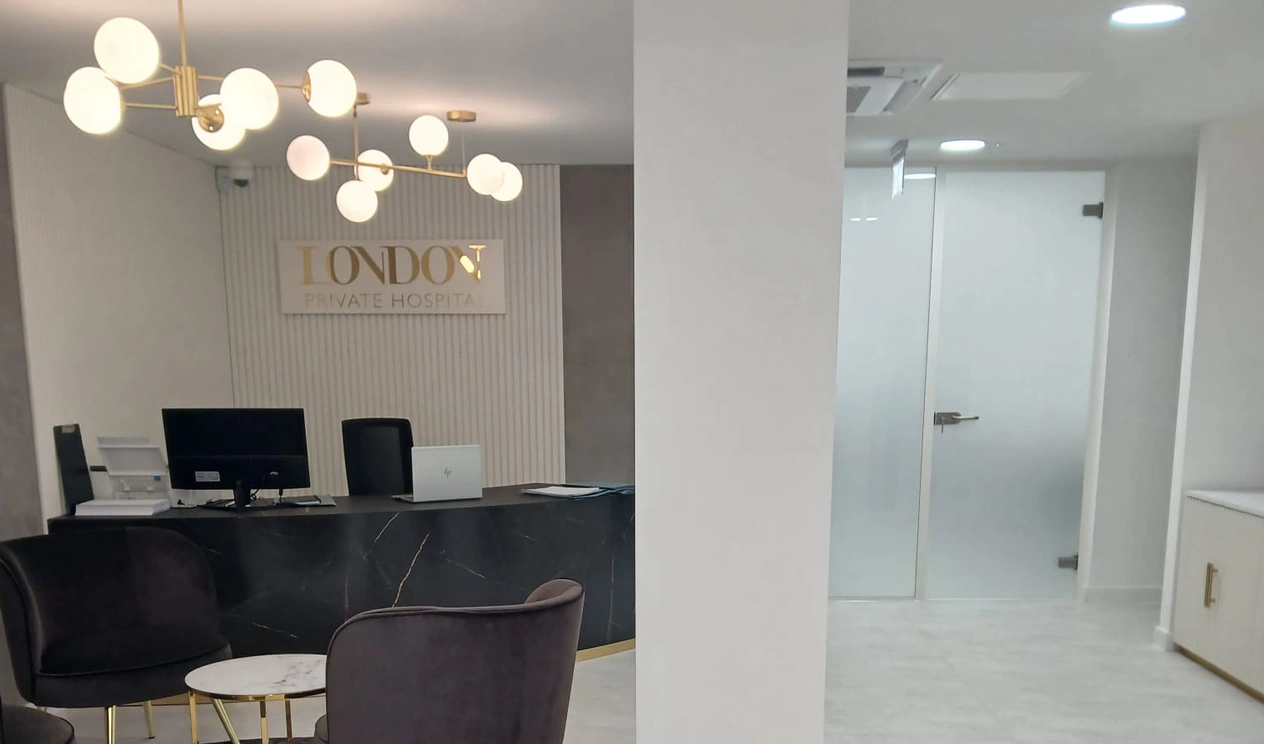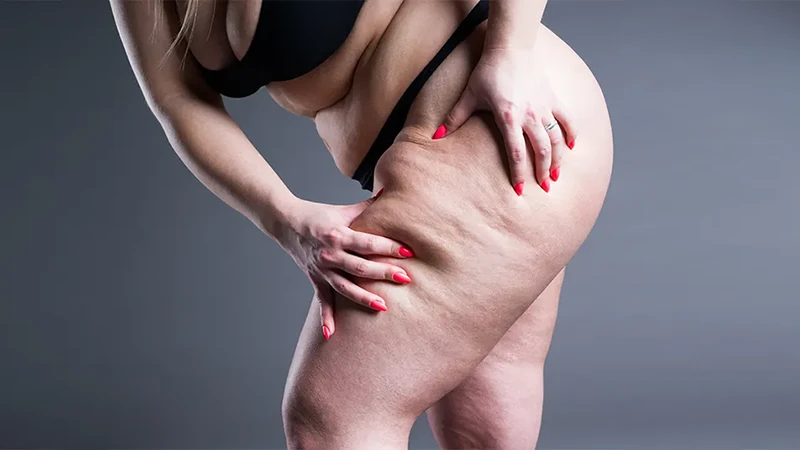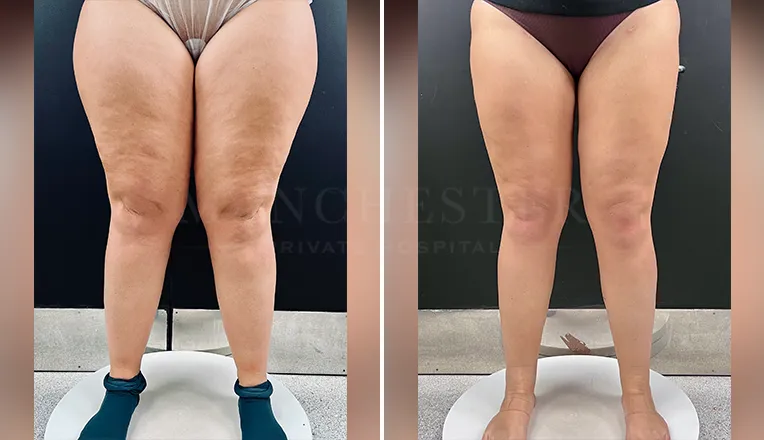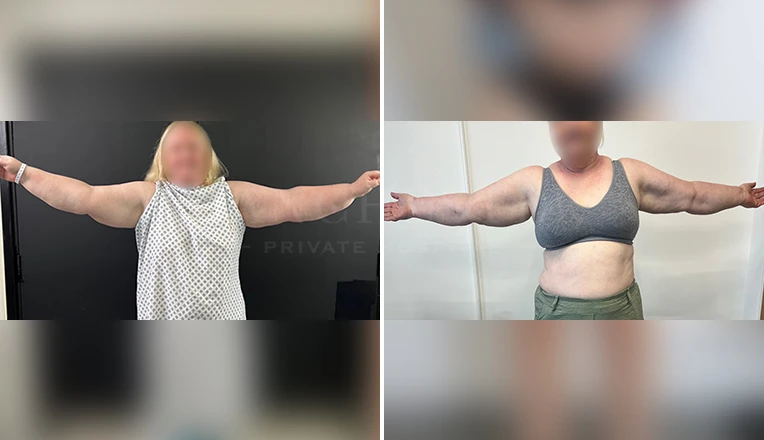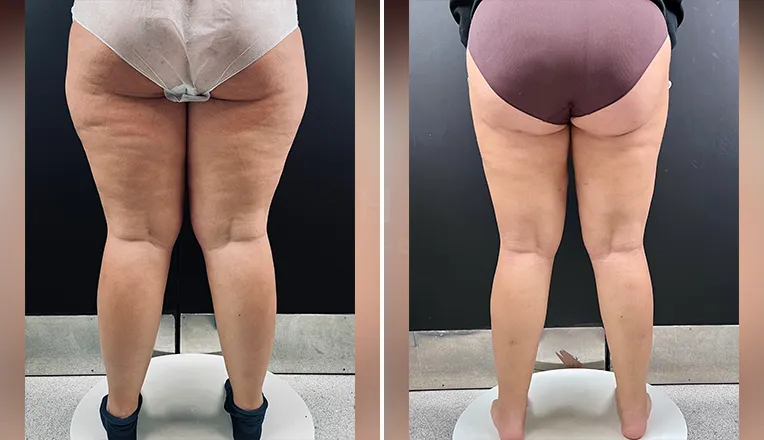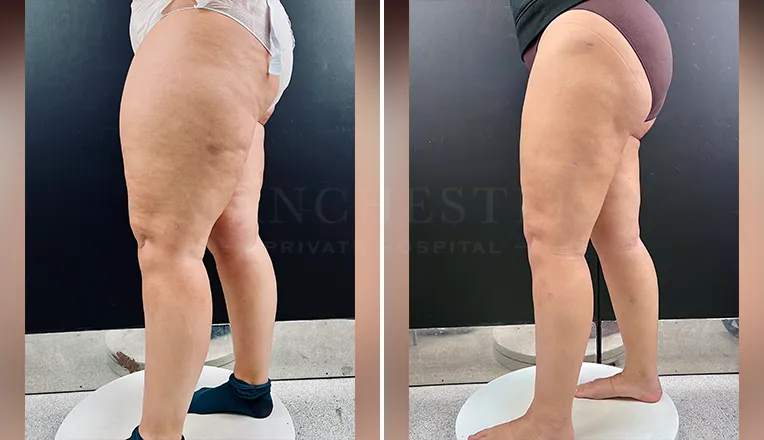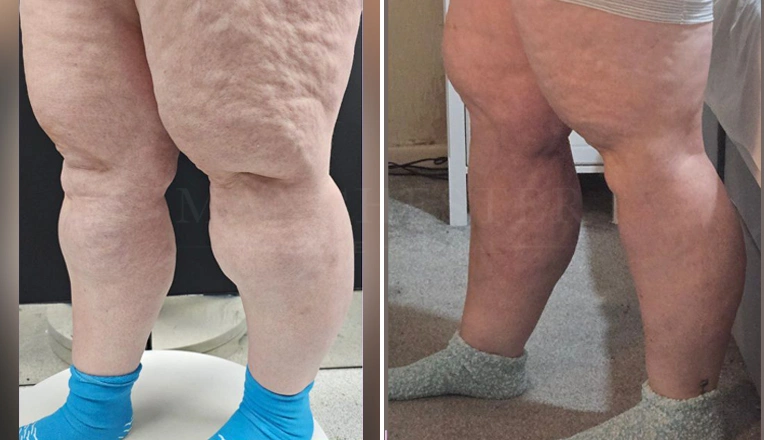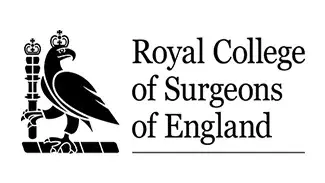This Article Covers:
Lipoedema is a chronic condition characterised by an abnormal build-up of fat, primarily in the legs and hips (and sometimes arms), that disproportionately affects women. It often begins or worsens around times of hormonal change—puberty, pregnancy, or menopause—and is frequently misdiagnosed as simple weight gain or lymphoedema. Yet, early detection is crucial: spotting lipoedema in its early stages can lead to more effective management, reduce discomfort, and improve quality of life.
In this guide, we’ll explain how to recognise those initial warning signs, distinguish lipoedema from other conditions, and understand when it’s time to seek professional advice in the UK.
What Is Lipoedema?
Lipoedema is not just “extra fat.” It’s a progressive disorder in which fat cells multiply in certain areas, often sparing the feet while creating a column-like appearance in legs. Unlike general obesity, lipoedema is resistant to diet and exercise.
It’s estimated that up to 11 percent of women in the UK may develop some degree of lipoedema, yet awareness remains low—many women go years before receiving an accurate diagnosis.
Early Signs and Symptoms
Recognising lipoedema early can be tricky, but there are telltale clues:
- Disproportionate Fat Distribution
In the early stages, the upper body (waist and torso) remains relatively slim, while the hips, thighs, and sometimes upper arms become noticeably larger—even if your overall weight seems stable. - Symmetrical “Column” Shape
Lipoedema often presents as a straighter, column-like shape from hips to ankles. You might notice your calves appear as wide as your thighs, creating a tubular look rather than a tapered one. - Tenderness and Pain
Unlike ordinary fat, lipoedema fat can be tender or painful when pressed. You may feel aching in your legs—especially after standing for long periods. - Easy Bruising
Blood vessels in lipoedema tissue are fragile, so you may bruise easily on the affected areas without recalling any injury. - Cold, Ropey Texture
Early lipoedema fat can feel cold to the touch and rubbery or “ropey” beneath the skin, rather than soft and pliant. - Minimal Swelling (Early Stage)
In stage 1, skin may still appear smooth, with only slight tenderness and minimal fluid retention—making it easy to dismiss as normal post-workout soreness or minor weight gain.
Recognising Progression Stages
Lipoedema typically advances through four stages:
Stage 1: Smooth Skin, Minimal Swelling
Fat is evenly distributed, and the skin surface stays smooth. You may feel tenderness and notice easy bruising.
Stage 2: Uneven Skin Texture
The skin begins to develop a dimpled, “orange-peel” texture. Nodules of fat can form, and pain or discomfort may increase.
Stage 3: Larger Lobulated Fat Deposits
Fat deposits become more pronounced, forming larger lobules. Skin may feel nodular and fibrotic, making movement more uncomfortable.
Stage 4: Lipo-lymphoedema
Long-standing lipoedema can impair lymphatic drainage, leading to fluid build-up and more pronounced swelling—combining elements of both lipoedema and lymphoedema.
Early detection—ideally in stages 1 or 2—offers the best chance to manage symptoms conservatively and slow progression.
Differentiating from Other Conditions
Misdiagnosis is common. Here’s how to tell lipoedema apart from other issues:
- Obesity vs. Lipoedema
In obesity, fat distribution tends to be more uniform. Lipoedema fat is resistant to dieting, and you generally won’t see fat spreading to your feet—legs look disproportionately larger while the feet stay slim. - Lipoedema vs. Lymphoedema
Lymphoedema often causes pitting (indentation when you press) and affects one limb more than the other, whereas lipoedema is usually symmetrical and does not pit initially. A positive Stemmer’s sign (difficulty lifting skin at the base of toes or fingers) suggests lymphoedema rather than purely lipedema. - Venous Disease Misunderstood
Varicose or venous insufficiency can cause leg swelling, but this tends to be more pronounced in the evening and improves overnight. Pain is often related to prolonged standing or walking, rather than persistent tenderness to touch.
Asking your GP for a specialist referral—such as to a vascular or lymphoedema clinic—can help clarify the cause of your symptoms.
When to Seek Professional Help
Knowing when to consult a specialist can save months—or years—of uncertainty:
- Persistent Pain or Tenderness
If your legs consistently ache or bruise easily under minimal pressure, it’s time to get checked. - Rapid Symmetry Changes
When fat accumulation seems disproportional and symmetrical (both legs equally affected) despite a stable diet and exercise programme, suspect early lipoedema. - Mobility Impact
Difficulty walking, increased fatigue, or a feeling of heaviness in your legs—even before significant weight gain—indicates that expert advice is needed. - Skin Texture Changes
The development of a dimpled or nodular skin surface should prompt a referral to a specialist.
In the NHS, your GP can refer you to local lipedema or lymphoedema services. Private options like Manchester Private Hospital offer dedicated assessments, often speeding up diagnosis and access to advanced treatments.
Diagnosis Process
A correct diagnosis typically involves:
- Clinical Assessment: A detailed medical history, including onset, family history (lipedema can be hereditary), and any associated pain.
- Physical Examination: A clinician will evaluate fat distribution, look for the characteristic column-like shape, check for bruising, and assess skin texture.
- Imaging (Ultrasound): Ultrasound can confirm excess fat layers and rule out fluid retention or other vascular issues.
- Referral to Specialist Centres: Certain UK clinics specialising in lipoedema—such as those partnered with MPH—provide comprehensive evaluation and management plans.
Treatment and Management Options
While there’s no cure, early intervention helps control symptoms:
Conservative Management (Early Stages)
- Compression Garments: Medical-grade stockings (class II/III) support circulation and reduce discomfort.
- Manual Lymphatic Drainage (MLD): A trained therapist can help prevent fluid build-up.
- Low-Impact Exercise: Swimming, walking, or stationary biking maintain mobility without overloading painful areas.
- Anti-Inflammatory Diet: Limiting processed foods and sugar may reduce inflammation, although it won’t shrink lipedema fat.
- Holistic Support: Physiotherapy, lymphatic drainage massage, and psychological counselling for long-term well-being.
Surgical Intervention (Advanced Stages)
- Lipoedema Liposuction: Removes lipoedema fat safely while preserving lymphatic vessels using advanced VASER or tumescent techniques.
- Lipoedema Arms Treatment: Specialized liposuction approach for affected arm areas, ensuring precise fat removal and optimal contouring.
- Post-Op Compression & Aftercare: Essential to maintain results and minimize bruising following any lipoedema procedure.
See more real-life transformations in our Lipoedema Liposuction Before and After Gallery.
Living Well with Lipedema
Lipoedema is a chronic condition, but you don’t have to face it alone. Joining UK-based support groups—like Lipoedema UK or local Facebook communities—connects you with others who understand.
Prioritise regular exercise that feels good (aqua aerobics, gentle yoga) and continue using compression garments as recommended. Practising self-compassion and seeking psychological support can be just as important as any physical treatment.
Frequently Asked Questions About Early Signs of Lipoedema
What is often the first sign of lipoedema?
One of the earliest signs is a noticeable, symmetrical enlargement of the legs—especially from the hips to the ankles—while the feet remain unaffected. This may also come with a heavy or aching sensation.
How can I tell the difference between lipoedema and regular weight gain?
Lipoedema fat is typically resistant to diet and exercise, and weight gain tends to be disproportionate, mainly in the lower body. The fat may feel soft, tender, or painful to the touch.
Is early diagnosis of lipoedema important?
Yes, early diagnosis allows for better symptom management and can help prevent the condition from progressing. Conservative treatments like compression therapy and MLD can be more effective in early stages.
Can lipoedema be mistaken for other conditions?
Absolutely. Lipoedema is often misdiagnosed as obesity or lymphedema. If you notice unusual fat distribution or persistent leg heaviness, it’s important to seek evaluation from a lipoedema-aware specialist.
Conclusion
Early recognition of lipoedema is key: it empowers you to access effective treatments, slow progression, and maintain mobility. If you suspect you have lipoedema—especially if you feel symmetrical leg pain or notice persistent bruising despite a healthy lifestyle—book an assessment with a specialist at Manchester Private Hospital.
Our multidisciplinary team in Manchester can guide you through diagnosis, personalised treatment plans, and ongoing support to help you live more comfortably and confidently.
Lipedema Before and After Gallery
Read Our Patient Reviews
Explore our reviews made by real patients
Meet Our Expert Surgeons
Get to know our highly experienced surgeons
Consultation Locations
We offer Consultations from a number of locations around the UK
Prices and finance
We have partnered with Chrysalis Finance, allowing patients to apply for cosmetic surgery finance for all our procedures
Consultation Locations
Manchester Hospital
Manchester Private Hospital New Court, Regents Place, Windsor
Street Salford, Greater Manchester, M5 4HB.

